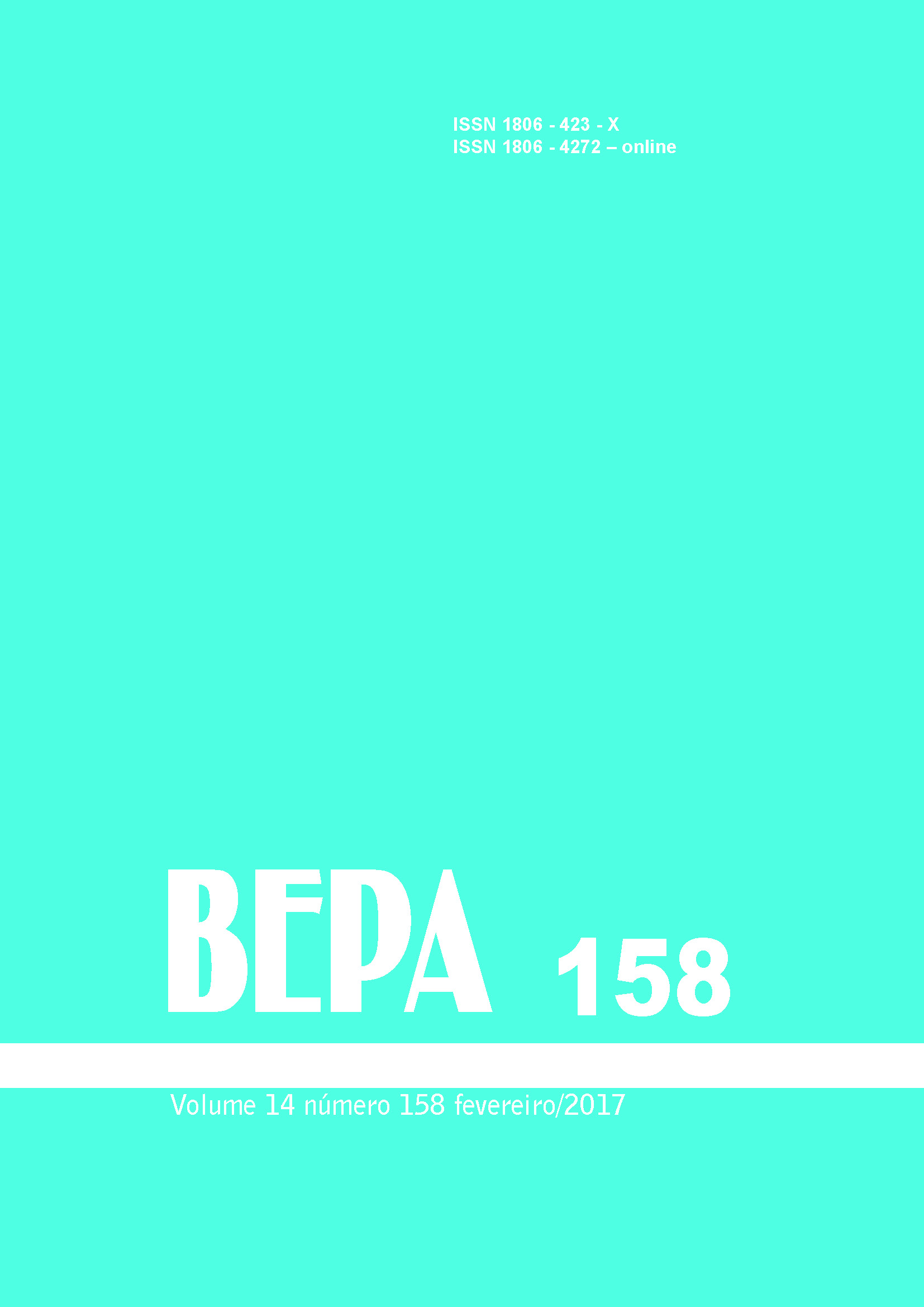Abstract
Candida glabrata has assumed great importance in clinical medicine, since acquired resistance to fluconazole had been described. Furthermore, studies have shown the weak in vitro activity of other azole drugs against isolates of this species. Since C. glabrata is an agent of invasive infections, monitoring the effectiveness of antifungal agents used in medical practice against isolates of this species has become of great importance. C. bracarensis and C. nivariensis are phenotypically related species to C. glabrata and so it is necessary molecular methods to identify properly these members. In Latin America, the occurrence of bloodstream infections in C. glabrata and related species is not as high as in North America, and little is known about their distribution and antifungal susceptibility profile in this region. In this study, we analyzed 75 isolates with morphological and biochemical features of C. glabrata obtained from the bloodstream of patients treated in hospitals in the state of São Paulo, between 2007-2013. The minimum inhibitory concentrations (MIC) of five antifungal drugs, namely: amphotericin B, caspofungin, voriconazole, fluconazole and itraconazole were determined by microdilution reference method M27-A3 from the Clinical and Laboratory Standards Institute (CLSI). The fungicidal action of amphotericin B was evaluated by the method of time-kill curves. The investigation of the two related species was performed with polymerase chain reaction (PCR) in all isolates. No isolate of C. bracarensis and C. nivariensis was found in this study. Resistance to itraconazole was found in 18.6% (14) strains of C. glabrata. High MIC values of voriconazole (> 0.5 mg/L), according to epidemiological cut-off were observed for two strains. The fluconzole-MICs ranged from 4mg/L to 16mg/L, caspofungin-MIC were between 0.03 mg/L and 0.5 mg/L, and amphotericin B-MIC were between 0.12 mg/L and 1 mg/L. Timekill curves method showed that the majority of strains died before 24 h, remaining viable 3 isolates, and 2 of them suffered no fungicidal action of amphotericin B under the experimental conditions. It was concluded that fluconazole, amphotericin B, and caspofungin showed strong inhibitoy effect against all 75 clinical isolates of C. glabrata, however, resistance to itraconazole and lower susceptibility to voriconazole, besides tolerance to killing effect of amphotericin B was observed. These data indicate the emergence of strains resistant to more than one drug and reinforce the need to monitor the activity of antifungal agents used in clinical medicine, in order to optimize the treatment of cases of candidemia.

This work is licensed under a Creative Commons Attribution 4.0 International License.
Copyright (c) 2017 Hussein Ali Zein, Marcia de Souza Carvalho Melhem (orientadora)
